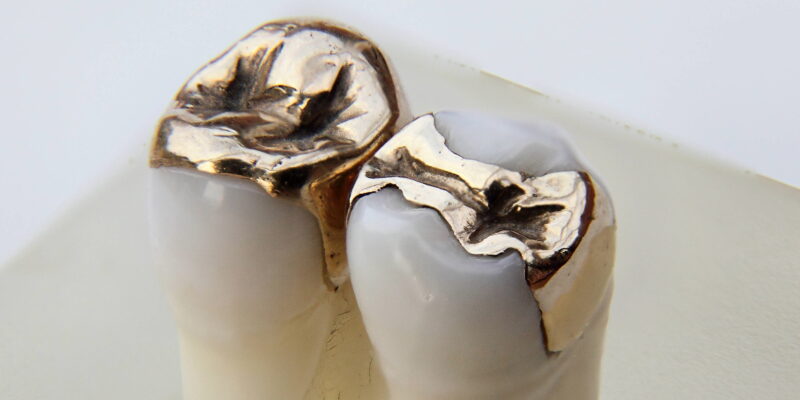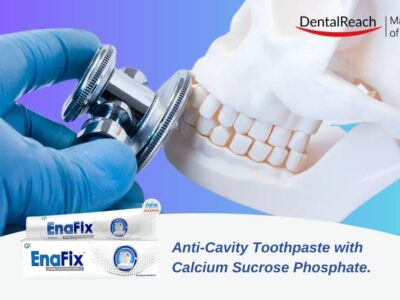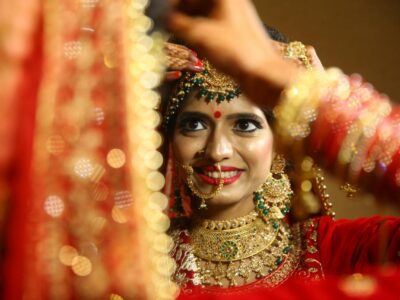Selective Procedures in Restorative Dentistry: A Critical Review
Introduction
In restorative dentistry, the doctrine of minimal intervention is increasingly being followed, with selective procedures becoming popular. These procedures aim to preserve as much of the natural tooth structure as possible, while addressing the patient’s concerns and restoring their oral function. However, not all clinical procedures in restorative dentistry are supported by good research that follows the guidelines of evidence-based dentistry (EBD). To address this knowledge gap, Nagarkar et al. conducted a critical review of current clinical methods for selected restorative procedures.
Evidence-Based Dentistry
EBD aims to create a dialogue between dental practitioners and dental research, to drive new research and promote the use of the best available evidence to inform clinical decision-making. According to the Centre for Evidence-Based Dentistry, evidence-based practice involves integrating the best available research evidence with clinical expertise and patient values. This approach can help clinicians make informed decisions about patient care, based on the most up-to-date and reliable evidence.
Materials and Methods
MEDLINE (National Library of Medicine) via the Ovid interface was used for all literature searches, published in English only. Medical subject headings were used and advanced limits were selected in the Clinical Queries section. Only randomized controlled clinical trials (RCTs), non-randomized controlled clinical trials (NRCTs), systematic reviews (SRs) of RCTs/NRCTs, and evidence-based practice guidelines were included. Furthermore, cost-effectiveness analyses were included due to their practical relevance to the decision-making process. Lastly, to provide comparative or background information, other study designs (in vitro, narrative reviews, case series, cohort studies, etc.) were mostly utilized.
Results
The review found mixed results regarding the included interventions. Some procedures had adequate evidence supporting them, while others were mostly based on beliefs. The procedures that had sufficient evidence-based support were:
- Glass-ionomer restorations for deciduous teeth
- Sealants for caries prevention
- Resin-based composite restorations for primary teeth
- Caries diagnosis using lasers
- Preformed metal crowns for primary molars
- Interproximal caries removal using hand instruments
- Laser-assisted caries removal
- Rubber dam isolation for caries removal
On the other hand, the procedures that lacked sufficient evidence-based support were:
- Use of silver diamine fluoride for caries arrest
- Use of silver diamine fluoride for caries prevention
- Use of sodium hypochlorite for root canal irrigation
- Use of mineral trioxide aggregate for root canal obturation
- Use of mineral trioxide aggregate for vital pulp therapy
- Indirect pulp capping in primary teeth
- Pulpotomy in primary teeth
- Replacement of missing teeth with implant-supported restorations
The study found that there are some gaps in current literature regarding selected restorative procedures. For example, the use of silver diamine fluoride for caries arrest and prevention is gaining popularity, but there is still limited high-quality evidence to support its efficacy and safety. Similarly, the use of sodium hypochlorite for root canal irrigation lacks adequate evidence-based support, despite being commonly used in clinical practice.
Conclusions
The review highlights the need for more high-quality research to support selective procedures in restorative dentistry. While some procedures have sufficient evidence-based support, others lack it, and are mostly based on beliefs. Clinicians should be cautious when using these procedures and consider the risks and benefits, as well as the patient’s preferences and values. Furthermore, the study emphasizes the importance of evidence-based dentistry to inform clinical decision-making and drive new research. By integrating the best available research evidence with clinical expertise and patient values, clinicians can provide the best possible care to their patients.
References:
Nagarkar S, Loguercio AD, Perdigão J. “Evidence-based fact checking for selective procedures in restorative dentistry.” Clin Oral Investig. 2023 Feb;27(2):475-488. doi: 10.1007/s00784-022-04832-z. Epub 2023 Jan 6. PMID: 36607490.



















Comments